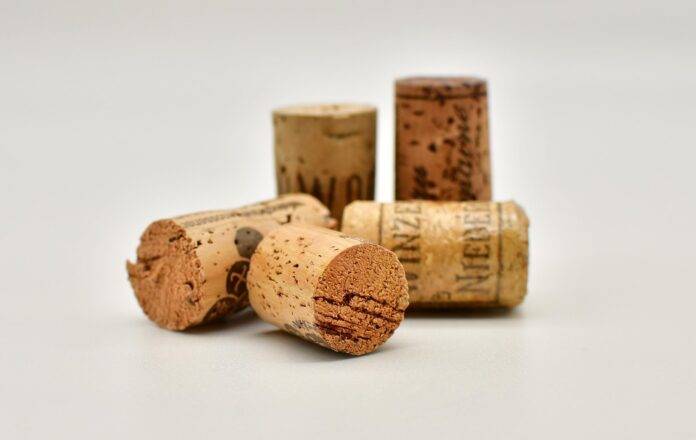Introduction
The Mosel region in Germany is renowned for producing some of the world’s finest Riesling wines. Vineyard classification plays a crucial role in highlighting the top terroirs in the Mosel, allowing consumers to identify the best wines from this prestigious wine region. In this report, we will explore how vineyard classification helps showcase the top Mosel terroirs, providing insights into the quality and characteristics of the wines produced in this region.
The Importance of Vineyard Classification in the Mosel
Defining Terroir in the Mosel
Terroir refers to the combination of factors that influence the characteristics of a wine, including the soil, climate, and topography of a vineyard. In the Mosel region, the steep slopes along the Mosel River create a unique microclimate that is ideal for growing Riesling grapes. The slate soils in the region also play a significant role in imparting distinct mineral notes to the wines.
Understanding Vineyard Classification
Vineyard classification in the Mosel is based on a system that ranks vineyards according to their quality and potential for producing high-quality wines. The top vineyards are classified as “Grosses Gewachs” (GG), which translates to “Great Growth” in English. These vineyards are recognized for their exceptional terroir and consistently produce wines of outstanding quality.
Highlighting Top Mosel Terroirs Through Vineyard Classification
Grosses Gewachs Vineyards
The Grosses Gewachs vineyards in the Mosel are considered the cream of the crop when it comes to Riesling production. These vineyards are typically located on the steepest slopes with the best exposure to sunlight, allowing the grapes to ripen fully and develop complex flavors. Some of the most prestigious Grosses Gewachs vineyards in the Mosel include the Wehlener Sonnenuhr, Bernkasteler Doctor, and Zeltinger Sonnenuhr.
Quality and Characteristics of Top Mosel Terroirs
The top Mosel terroirs are known for producing wines with a unique combination of minerality, acidity, and fruitiness. The slate soils in the region impart a distinct mineral character to the wines, while the cool climate helps to preserve the natural acidity of the Riesling grapes. These wines are often light-bodied and elegant, with floral and citrus notes that are characteristic of the Mosel region.
Financial Data and Industry Insights
Economic Impact of Vineyard Classification
The classification of vineyards in the Mosel plays a significant role in driving the economic success of the region. Wines from Grosses Gewachs vineyards command premium prices in the market, attracting wine enthusiasts and collectors from around the world. This has a positive impact on the local economy, creating jobs and supporting the livelihoods of vineyard owners and winemakers.
Market Trends in the Mosel Wine Industry
The Mosel wine industry has seen steady growth in recent years, with an increasing demand for high-quality Riesling wines. Vineyard classification has helped to differentiate the top terroirs in the region, allowing consumers to make informed decisions when purchasing Mosel wines. As the reputation of the Mosel continues to grow, we can expect to see further investment in vineyard management and winemaking techniques to maintain the high standards set by the Grosses Gewachs vineyards.
Conclusion
Vineyard classification plays a crucial role in highlighting the top Mosel terroirs, allowing consumers to identify the best wines from this prestigious wine region. The Grosses Gewachs vineyards in the Mosel are recognized for their exceptional terroir and consistently produce wines of outstanding quality. By understanding the quality and characteristics of the top Mosel terroirs, wine enthusiasts can appreciate the unique flavors and aromas that make Mosel Riesling wines truly special.




